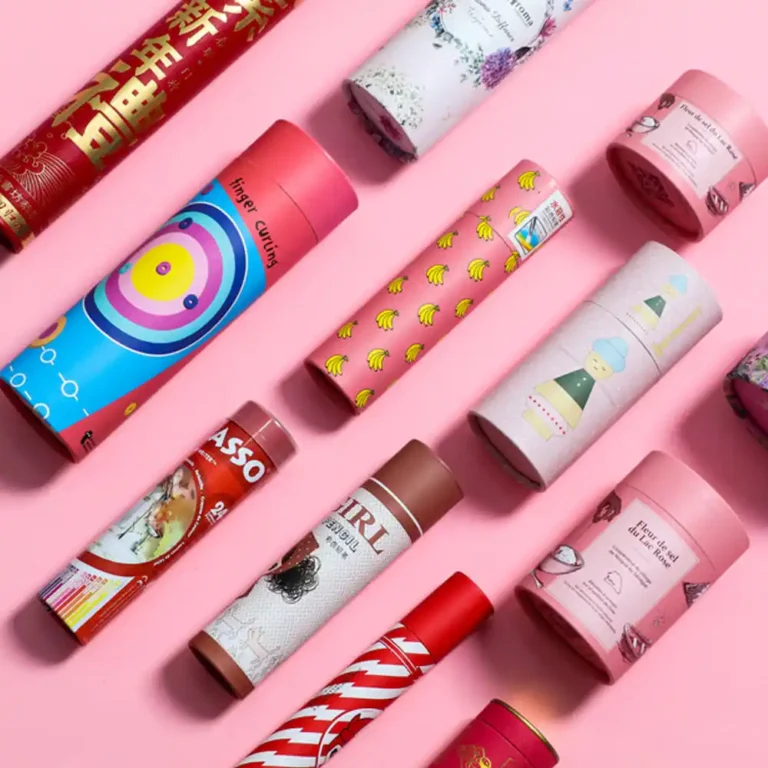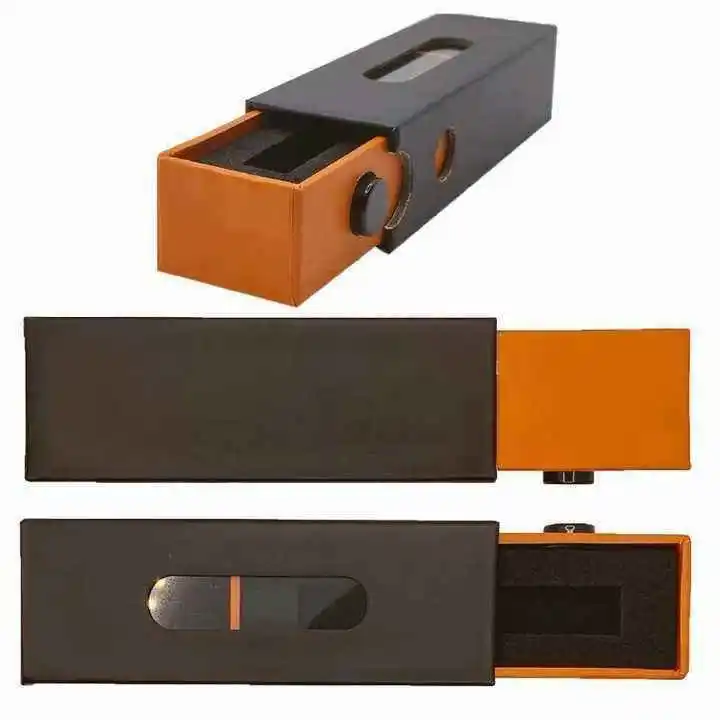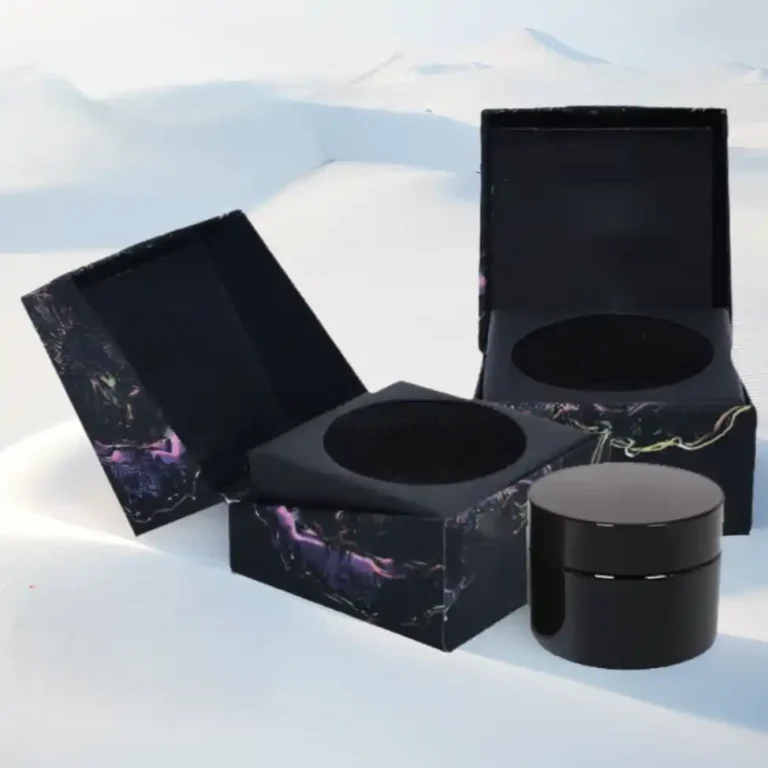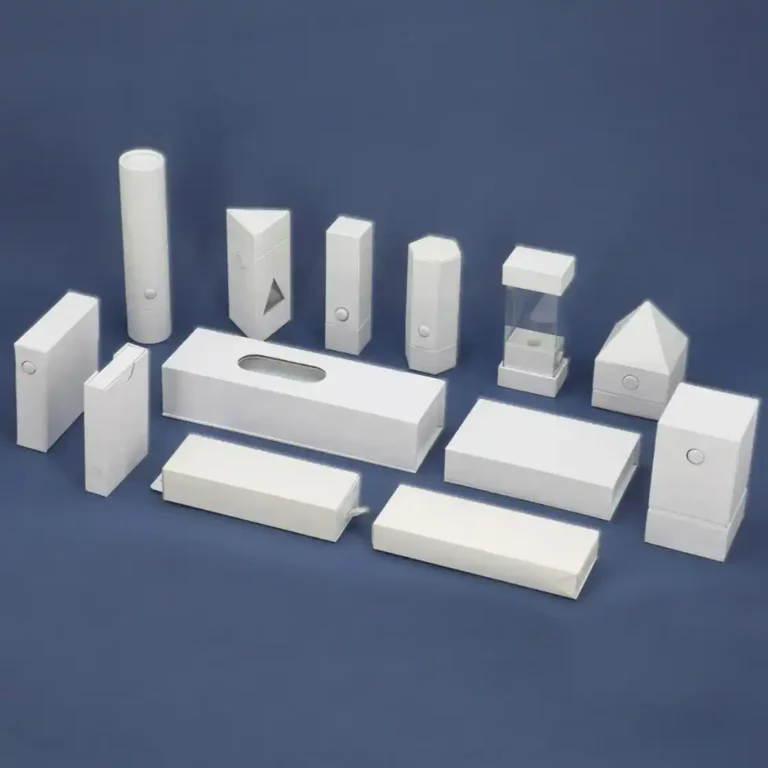Smart Packaging: Six Strategies to Improve Customization Efficiency
Introduction
Smart packaging isn’t just a buzzword—it’s a practical playbook for shaving days off lead times, reducing rework, and keeping brand teams, engineers, and converters in lockstep. Below are six field-tested strategies that compress your customization cycle without compromising quality or compliance.
To ground this in real packaging use-cases, I’ll reference familiar formats—think folding cartons, printed corrugated boxes, cardboard displays, and premium formats such as jewelry boxes and candle boxes—so each tactic maps directly to what hits your production floor. If you’re new to our work, start from the homepage and branch into specialized categories as needed.
Table of Contents
1. Intelligent Design Engine: Fusion Innovation of 3D Modeling and AI Algorithms
Modern customization wins or loses at the dieline. A smart design engine blends rule-based parametrics with generative suggestions to validate feasibility before anything reaches prepress.
Parametric dielines for rapid iteration
Define constraints (board grade, minimum bend radius, glue flaps, insert clearances) so dielines auto-adapt to product changes. For a SKU family—say a series of perfume boxes—parametrics let you resize with confidence while preserving structural integrity and pack-out efficiency.
AI-assisted pack fits and insert logic
Feed the model key geometry (bottle, jar, device) and let it propose insert cut-outs, cushioning zones, and tolerance bands. You catch clash risks early, especially for premium rigid sets and fragile jewelry boxes.
Prepress automation with proof-ready outputs
Generate press-ready PDFs with imposition, bleed, varnish masks, and foil layers—minimizing manual touchpoints on short-run customizations for formats like folding cartons.
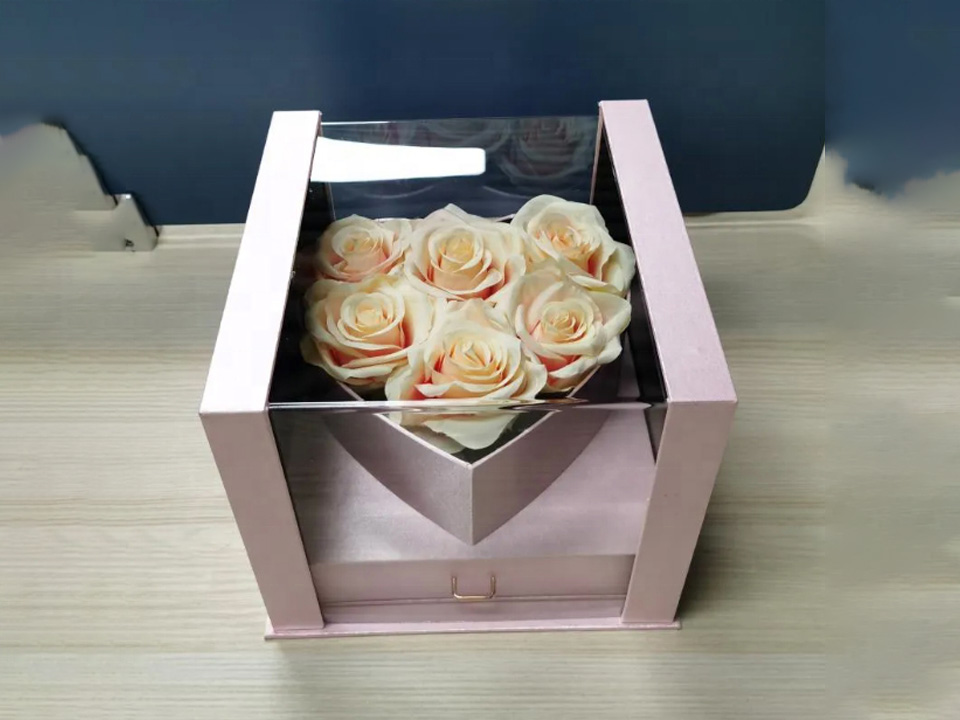
2. Material Revolution: Breakthrough from Environmentally Friendly Material Selection to Functional Coating
Material strategy now spans aesthetics, machinability, and after-use outcomes—without bogging down schedules.
Smart material libraries with certified options
Centralize board specs, recycled contents, and barrier properties. Attach target use-cases—e.g., cosmetic kits or candle boxes—so buyers and engineers select pre-vetted combinations in minutes, not days.
Functional coatings that compress qualification cycles
Adopt modular coatings (soft-touch, anti-scuff, moisture/grease barriers) that are pre-qualified on your base substrates. This standardization enables predictable outcomes when shifting between printed corrugated boxes and premium paperboards.
Insert and accessory interoperability
Document tolerances for ribbons, magnets, EVA foams, and pulp inserts—especially for collapsible and rigid sets—to avoid late-stage surprises on luxury builds and retail cardboard displays.
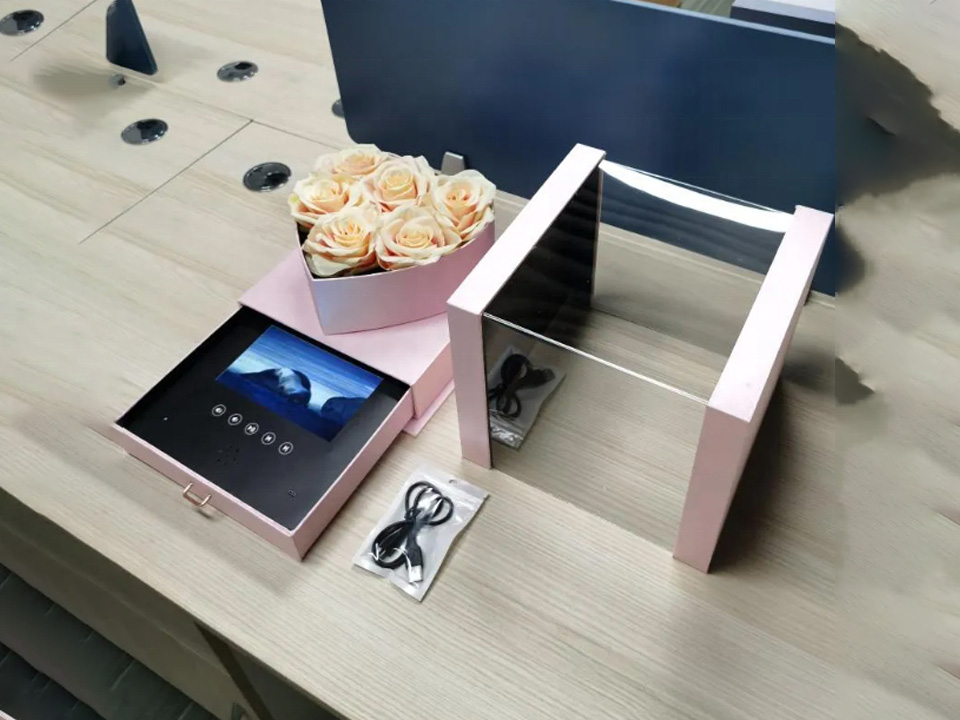
3. Automated Production Line: Modular Reconstruction of Flexible Manufacturing System
Customization thrives on flexible automation: cells that scale up, switch over fast, and maintain quality at low volumes.
Quick-change modules and digital setups
Barcode or RFID job tickets feed settings to gluers, die-cutters, and laminators. Tool-less or low-tooling changeovers turn a mixed queue of folding cartons and rigid sleeves into a smooth flow.
Vision-guided quality gates
Inline cameras validate print registration, foil alignment, and window-patch accuracy. Real-time feedback prevents cumulative defects that would otherwise surface at final packing.
Late-stage customization cells
Personalization (SKU, shade, scent) belongs as far downstream as possible. Modular cells print or apply labels right before final pack-out—useful for agile lines producing seasonal paper gift bags or boutique kits.
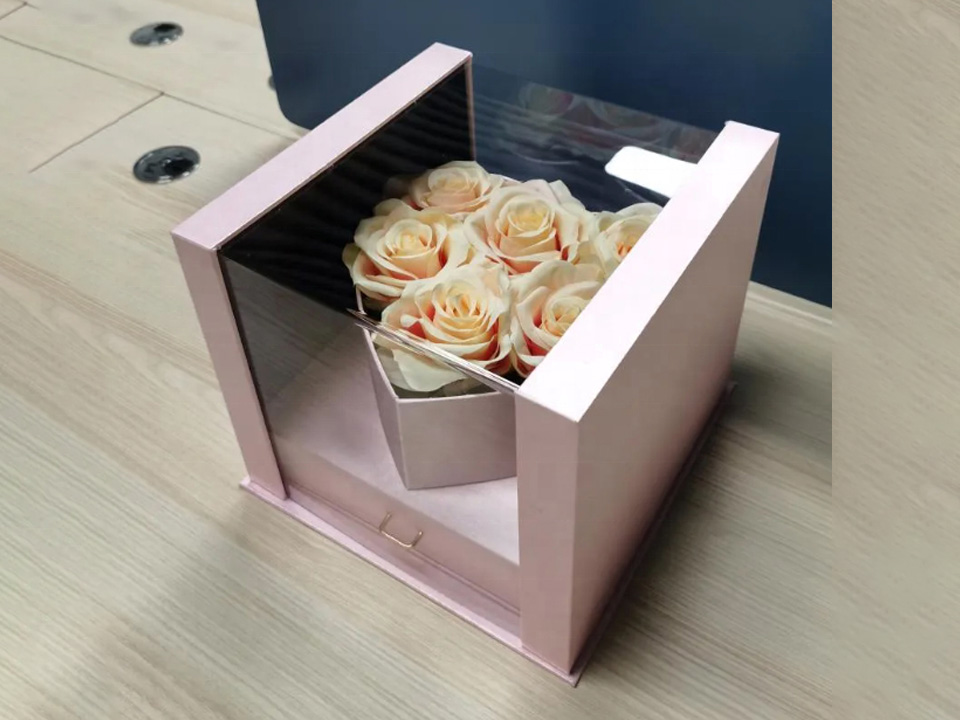
4. Data Center: A Closed Loop from IoT Perception to Decision Optimization
Data gives you speed—if you capture it once, structure it well, and cycle it back to decisions.
Unified job graph across systems
Connect CAD, MES, and WMS so each order carries a single source of truth: dieline version, substrate lot, coating, and finishing route. That continuity trims handoff friction for premium sets like jewelry boxes.
IoT telemetry for predictive constraints
Track humidity, temperature, and press loads to predict curl or cracking. When the data flags risk, the system auto-recommends alternate coatings or a small tweak in caliper—before waste accumulates.
Closed-loop learning from customer returns
Link returns data to root causes (delamination, scuffing, clasp fatigue) and push design rules back into your engine for the next wave of candle boxes or tech kits.
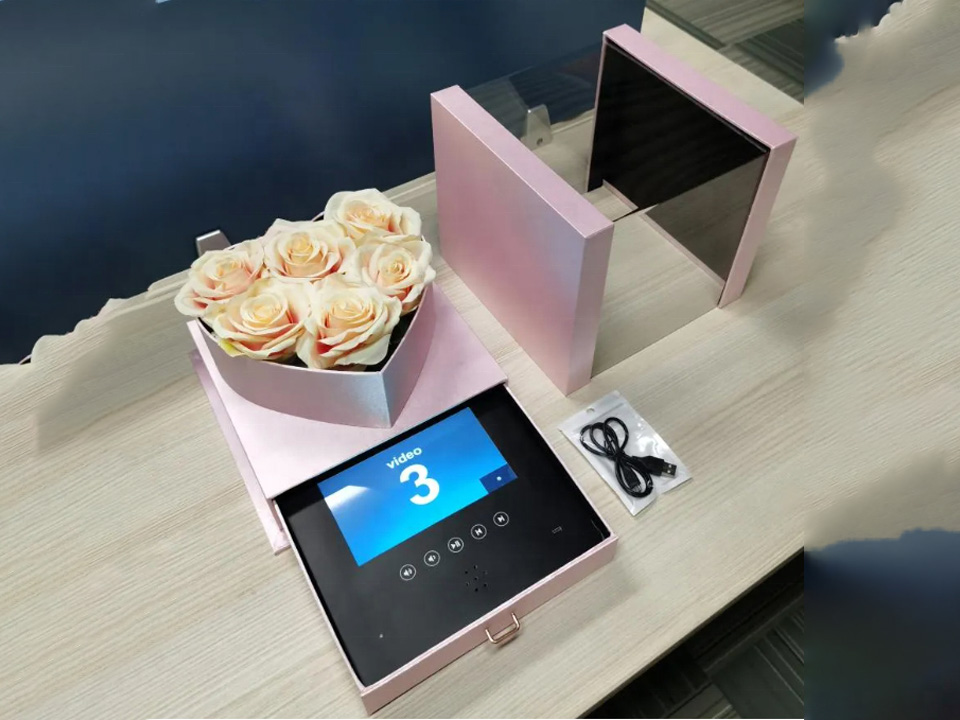
5. Green Logistics: From Circular Economy to Carbon Footprint Management
Faster customization shouldn’t fight sustainability; done right, it accelerates both.
Pack density optimization and modular kitting
Right-size sets for pallet patterns and truck geometry. Standardize inner trays so different SKUs nest—particularly helpful across printed corrugated boxes and mailed cosmetics kits.
Reusable and mono-material pathways
Favor mono-material choices (paperboard systems, paper-based handles) and design for disassembly. When products move to retail cardboard displays, align print areas for easy re-skin rather than full replacement.
Carbon accounting baked into approvals
Expose estimated footprint deltas during design approval—so teams can trade tiny decorative changes for major transport savings, without looping through procurement again.
6. Human-Machine Collaboration: AR Empowerment and Ergonomic Reconstruction
People still make the best real-time calls. Tools should amplify them, not slow them down.
AR assembly guidance for complex sets
Technicians view step-by-step overlays for ribbon threading, magnet placement, or insert folding. Error-proofing here saves hours on short runs of luxe jewelry boxes.
Ergonomic cells that reduce micro-delays
Height-adjustable stations, gravity assists, and smart bins cut motion waste. For gift kits paired with paper gift bags, ergonomic lifts keep pace without fatigue.
Skill matrices and digital work instructions
Map operator strengths to job complexity and surface just-in-time instructions. Cross-training plus lightweight SOPs ensures continuity when you pivot from folding cartons to premium rigid builds or seasonal candle boxes.
Conclusion
Smart packaging isn’t a single upgrade; it’s a stack: intelligent design rules, material libraries, modular automation, data feedback loops, greener logistics, and human-centered tools. Put them together and customization stops being a bottleneck—it becomes your competitive rhythm.






